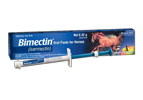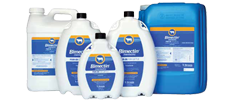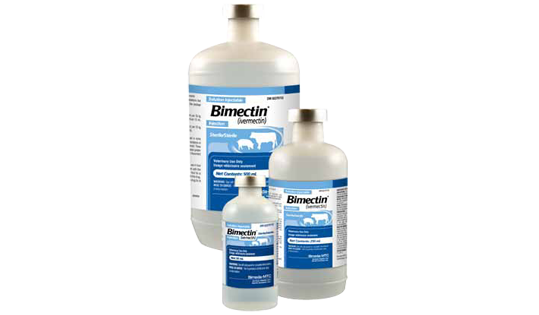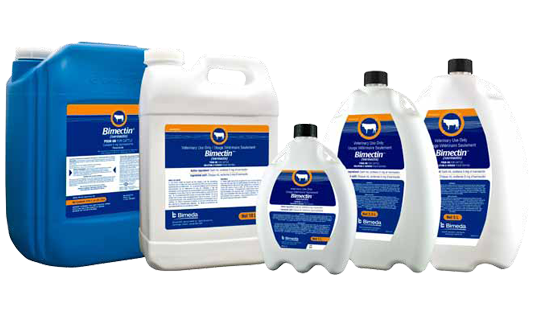Cattle Grubs
(Hypoderma bovis and H lineatum)
Adult cattle grubs are circa 15 mm long, hairy, and bee-like in appearance. In late spring or early summer, they attach their eggs on cattle, particularly on the legs and lower body regions. The eggs hatch and penetrate the skin.
The first-stage larvae travel between muscles, along connective tissue, or along nerve pathways. They secrete proteolytic enzymes that facilitate their movement. During fall and winter, larvae migrate toward 2 different regions, depending on the species. H lineatum larvae migrate to the submucosal connective tissue of the oesophageal wall, where they accumulate for 2–4 months. H bovis larvae migrate to the region of the spinal canal, where they are found in the epidural fat between the dura mater and the periosteum for a similar period.
Beginning in early winter, the larvae arrive in the sub-dermal tissue of the back of the host where they make breathing holes through the skin. Cysts or warbles form around the larvae, which undergo 2 molts (second and third stage). The warble stage lasts 4–8 wk. Finally, third-stage larvae emerge through the breathing holes, drop to the ground, and pupate. Flies emerge from the pupae in 1–3 months, depending on weather conditions. Adult flies, which do not feed, live <1 week. The life cycle is complete in 1 year.
During periods of sunshine on warm days, cattle may run with their tails high in the air when chased by female flies, particularly H bovis.
Penetration of the skin by newly hatched larvae may produce a rash in older, previously infested cattle. The points of penetration are painful and inflamed and usually exude a yellow serum. Cattle grubs may occur in the back from tail-head to the shoulders, and from top-line to about one-third the distance down the sides. Usually, the cysts are firm and raised considerably above the normal contour of the skin and, occasionally, develop in abscesses. The emergence of the grub, its forced expulsion, or its death within the cyst usually results in healing of the lesion without complications. Carcasses and hides of cattle infested with cattle grubs show marked evidence of the infestation and are reduced in value.







